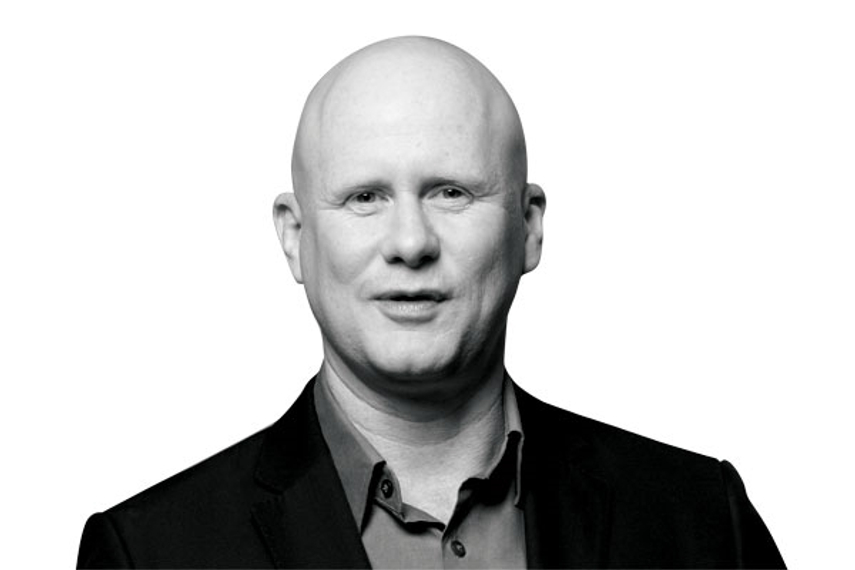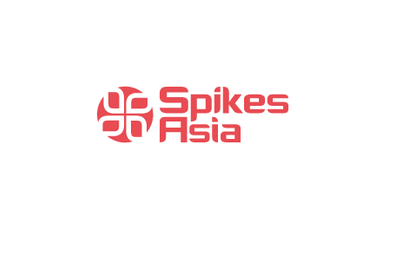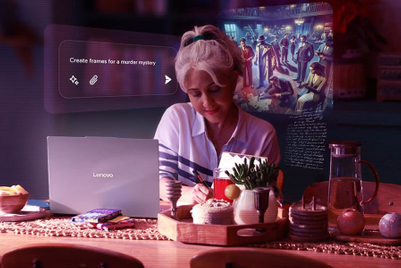Highly creative is highly effective. The End.
The landmark 2011 IPA study proved this without question. By fusing about 10 years of The Gunn Report and IPA data, it demonstrated that creatively awarded campaigns are 12 times more efficient than non-awarded ones in terms of the level of market share growth they drive.
That really should be the end of the debate. It should have clients and agencies across Asia feverishly aligned in the goal to create and then celebrate the most creatively effective solutions to their marketing problems. But the debate rages on and seemingly more in this region than anywhere else.
Is the vast pool of Asia’s creativity not focused on solving real-world brand problems? Is the talent in Asia’s marketing departments simply adding to the vanilla pile of clichéd clutter that they are desperately seeking to break through?
Both are often true. And arguably the monotonous multimillion-dollar campaign that achieves absolutely nothing is as much of an embarrassment to the industry as the scam ad that is created purely for the agency’s own ego with no client participation. Both are a waste of money, effort and opportunity and do no service to the industry.
That is why industry awards like Spikes’ Creative Effectiveness are so vital to Asia and should be embraced by clients and agencies alike. First, a campaign has to move a jury to prove their creativity. Then it needs to return the following year and prove it’s moved a client’s business forward. That’s critically different to measuring creativity or effectiveness alone.
Proving the effectiveness of creative marketing should be a true north to both agencies and clients. It grows the brand, it returns investment back to the boardroom at a ratio of 12:1, it beats the competition and it attracts great talent. It’s a virtuous spiral. It should unite us.
So why is there often a lack of alignment between clients and their agencies to push for creative effectiveness?
It goes astray on many levels. Firstly, sales and marketing are often orbiting separate planets on the client side and therefore efficiency objectives are often not even considered as fundamental requirements of the brief. Or the agency lacks the relationship, acumen or the hunger to drill down to get these objectives sharply defined. Internal committees on both sides then water down the creativity to the lowest common denominator as they scatter to the bunker of mediocrity. Finally, few clients directly remunerate agencies on a creative effectiveness basis and perhaps even fewer agencies have the confidence and the track record to demand to only get paid on the performance of their creative. Consider what differences this would make to agency recommendations, changes and final approval if they did?
It might be some time before there is industry-wide alignment in all these areas to ensure the push for creative effectiveness becomes a unified goal, but it is gaining momentum. The growth of e-commerce is one such catalyst. Here, models of pay-on-performance are common given the transparent nature of the sector. In e-commerce, there is no divide between sales and marketing; they are fused into one. If we can apply Asia’s vast creativity to th1is sector we can really watch the model become the epicentre for change in our industry.
And when there is unity to push for creative effectiveness our industry is capable of remarkable work. One such example is from Lowe and Unilever in India: their ‘Help a child reach five’ campaign for Lifebuoy in the village of Thesgora.
The strategy is elegant, the creative work is impeccable and there was a 75 per cent reduction in the incidence of diarrhoea in children as hand-washing tripled. Why is this so important?
It shows the true power of creative effectiveness. Saving lives because of selling soap.
And if applying our industry’s talent to saving the lives of children is not an important enough objective to drive unity between client and agency and unity between creativity and effectiveness, then what is? It’s a good question we should all ask of ourselves. What is the objective that we are striving for in the office each day? Do we all really agree on what the creativity should truly effect before we begin? Answering this question on the brands that we all work on will be a huge step down the path to unity and will increase the importance of our industry in boardrooms across Asia.
Matthew Godfrey is president, Asia at Y&R and president of the Creative Effectiveness jury at Spikes Asia 2014




.jpg&h=334&w=500&q=100&v=20250320&c=1)
.jpg&h=334&w=500&q=100&v=20250320&c=1)


.jpg&h=334&w=500&q=100&v=20250320&c=1)


.jpg&h=334&w=500&q=100&v=20250320&c=1)

.jpg&h=334&w=500&q=100&v=20250320&c=1)
.jpg&h=268&w=401&q=100&v=20250320&c=1)



.jpg&h=268&w=401&q=100&v=20250320&c=1)

.jpg&h=268&w=401&q=100&v=20250320&c=1)

